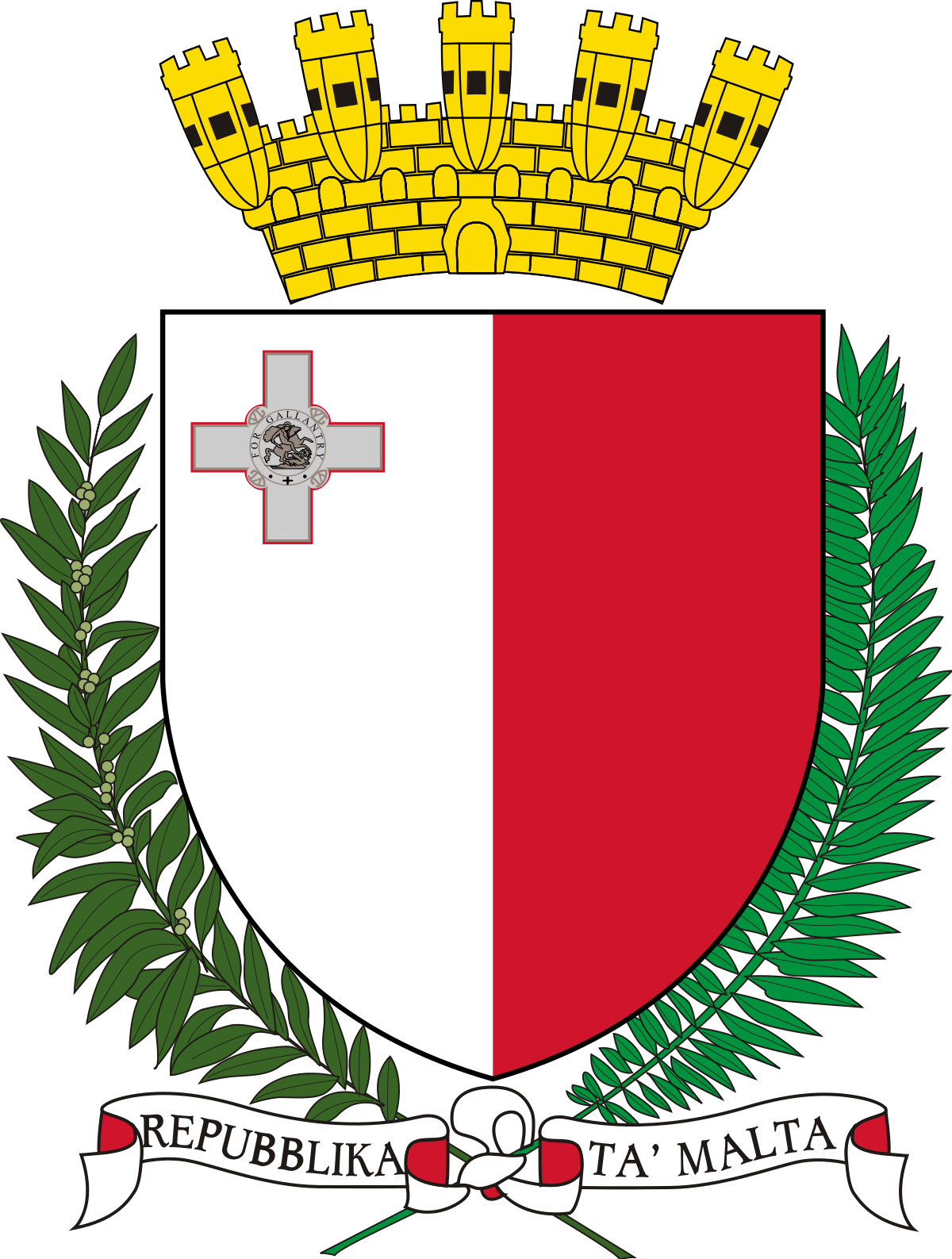Great Britain formally acquired Malta in 1814. The island staunchly supported the UK through both world wars and remained in the Commonwealth when it became independent in 1964; a decade later it declared itself a republic. Since about the mid-1980s, the island has transformed itself into a freight transshipment point, a financial center, and a tourist destination while its key industries moved toward more service-oriented activities. Malta became an EU member in May 2004 and began using the euro as currency in 2008.
Malta is a parliamentary republic.
Source: CIA World Factbook
Members:
Resources
Displaying 16 - 20 of 47Waste Management (Landfill) (Amendment) Regulations, 2013 (L.N. 150 of 2013).
These provisions lay down some amendments and addenda to the Waste Management (Landfill) Regulations. The amendments concern waste acceptance procedures (regulation 14), temporary storage of metallic mercury and related requirements.
Amends: Waste Management (Landfill) Regulations, 2002 (L.N. No. 168 of 2002). (2002)
Development Planning (Fees) (Amendment) Regulations, 2013 (L.N. 126 of 2013).
These Regulations lay down some amendments to the Development Planning (Fees) Regulations, which concern the fees to be paid to the Malta Environment and Planning Authority in respect of applications for permission to carry out development in the areas specified.
Amends: Development Planning (Fees) Regulations, 2010 (L.N. 356 of 2010). (2010)
Industrial Emissions (Integrated Pollution Prevention and Control) Regulations, 2013 (L.N. 10 of 2013).
These Regulations lay down rules for the integrated prevention and control of pollution arising from certain industrial activities. They also lay down rules designed to prevent or, where that is not practicable, to reduce emissions into air, water and land and to prevent the generation of waste, in order to achieve a high level of protection of the environment taken as a whole. These provisions apply to the industrial activities listed in Schedule I.
Nitrates Action Programme (Amendment) Regulations, 2013 (L.N. 77 of 2013).
These provisions lay down some amendments to the Nitrates Action Programme Regulations as regards slurry and requirements relating to the manner of land application of fertilizers. New provisions concerning penalties are laid down as well.
Amends: Nitrates Action Programme Regulations, 2011 (L.N. 321 of 2011). (2011)
Industrial Emissions (Framework) Regulations, 2013 (L.N. 9 of 2013).
These Regulations provide a framework for the integrated prevention and control of pollution arising from industrial activities. They also lay down rules designed to prevent or, where that is not practicable, to reduce emissions into air, water and land and to prevent the generation of waste, in order to achieve a high level of protection of the environment taken as a whole. These provisions apply to industrial activities giving rise to pollution. Research activities, development activities and the testing of new products and processes are excluded from the application scope.


